
| Vol 69 | Page 9 |
Privacy Policy | Editorial Policy | Profit Policy | Join the Association | List of Members | Contact us | Index | Links
Back Go to page: 1 2 3 4 5 6 7 8 9 10 11 12 13 14 15 16 17 18 19 20 Forward
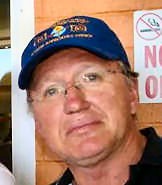
Allan George's Gems.
Contents.
Can you save money at the Bowser?
In a world first, 33 Squadron has conducted an ‘elephant walk’ with five KC-30A Multi-Role Tanker Transports (MRTTs) at RAAF Base Amberley.
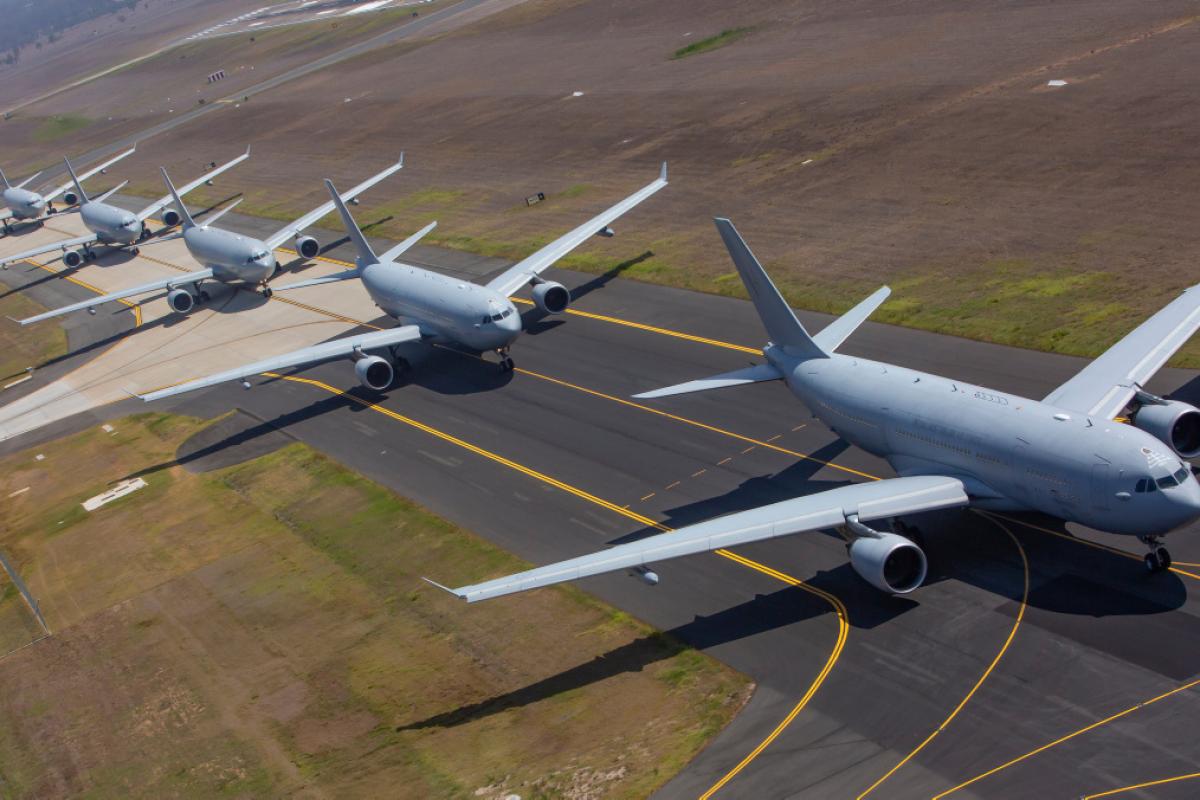
An elephant walk is an aviation term which dates back to the Second World War, when massed formations of Allied bombers would taxi to the runway for take off.
On 15 November, 33SQN conducted the feat with five aircraft, with a row of KC-30As stretched over 500 metres of Amberley’s taxiway. It was made possible thanks to significant improvements to how 33SQN plans maintenance for the KC-30A fleet, providing greater aircraft availability for missions. Some time after the elephant walk, four of the aircraft took off from Amberley on separate missions. These included air-to-air refuelling training, flight test development and airlift tasks to support volunteer firefighters combatting bushfires in New South Wales.
33SQN has a fleet of seven KC-30As.
Of the squadron’s remaining two aircraft, one flew on a mission in the Middle East Region for Operation Okra, and the other was in scheduled heavy maintenance. Launching five KC-30A aircraft demonstrates a capacity to concurrently transport over one thousand passengers or ferry more than 40 Hornets across Australia, alternatively, five aircraft could position 1800 kilometres from base and offload 250 tonnes of fuel to receivers over four hours. The capacity to project this magnitude of air power at range has previously been beyond Air Force.
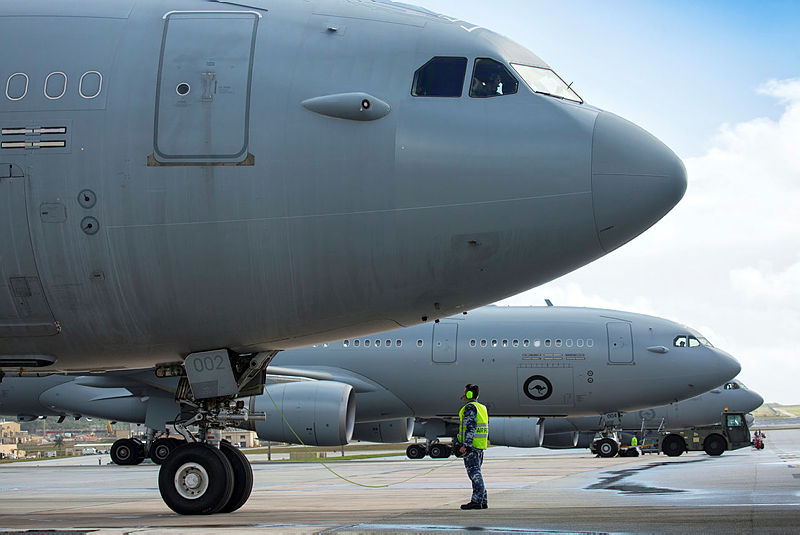
Reaching this achievement required No. 33 Squadron to draw on its experience as the lead operator of the KC-30A. Each KC-30A is a heavily modified variant of the Airbus A330-200 commercial airliner and at 59 metres long and with a 60.3-metre wingspan, it is the largest aircraft in the Air Force. Unique systems on the KC-30A – from external-mounted cameras to hose-and-drogue refuelling pods mounted beneath the wings, and an 11-metre telescopic boom mounted beneath the tail, all require careful maintenance to ensure it can refuel other aircraft.
Following delays in its development, a fleet of five KC-30As were delivered to the RAAF between 2011 and 2015 and a sixth and seventh aircraft were delivered in 2018 and 2019. Since September 2014, the squadron has supported a nearly continuous deployment of a single KC-30A to the Middle East Region, where the aircraft has been coined ‘Coalition Tanker of Choice’.
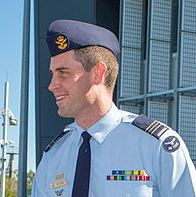
Operations at home and abroad had stretched 33SQN’s workforce, according to its Senior Engineering Officer, Squadron Leader David Burns. During Operation APEC Assist in November 2018, four KC-30As sustained operations for a total of 157 hours and 1.75 million pounds of fuel offloaded over six intensive days, doing this required a significant surge from the technical workforce to inject the required scheduled maintenance to the aircraft.”
The tempo for No. 33 Squadron in 2019 has remained high, with ferry flights for F-35As from the United States, support to Air Combat Group exercises in Japan and South East Asia, global transport of international UN forces to the Middle East a deployment in the Middle East Region. 33SQN has also added a specially modified KC-30A Government Transport Communication aircraft to the fleet to support Government transport and additional Air Refuelling capacity.
Over the last 12 months, changes have been made to how KC-30A maintenance activities are planned and carried out, and a different picture has emerged. Without a surge in activity, 33SQN personnel launched five KC-30A concurrently with enough maintenance life to sustain more than triple the APEC rate of effort. Like all aircraft, the KC-30A requires both contingency maintenance on unserviceable components and preventative maintenance to inspect areas and change out parts due for servicing.
A new Rolling Maintenance Program was introduced in early 2019 by 33SQN,
building on its experience with the KC-30A over the past eight years.
The Program involved the unit learning to limit itself to only one
KC-30A down for scheduled servicing at any given time. Doing this
injected e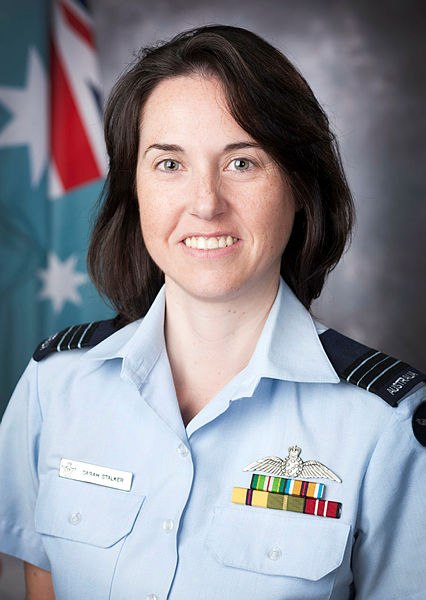 nough
maintenance activities into an aircraft to clear it for six weeks of
multi-role operations which allowed the unit to maintain a KC-30A
outside of operational programming lines, rather than around them.
Coupled with other reforms, on average, 33SQN has delivered a three-fold
increase in mission-capable aircraft.
nough
maintenance activities into an aircraft to clear it for six weeks of
multi-role operations which allowed the unit to maintain a KC-30A
outside of operational programming lines, rather than around them.
Coupled with other reforms, on average, 33SQN has delivered a three-fold
increase in mission-capable aircraft.
Increased availability has also allowed the wider 33SQN workforce to meet training needs and work-life balance. The transition to the Rolling Maintenance Program was achieved sustainably and was concurrent with 33SQN personnel reducing their average leave balances. Increased availability of KC-30As for air logistics and air-to-air refuelling missions has increased the ‘raise-train-sustain’ output across the Squadron.
Wing Commander Sarah Stalker (right), CO 33SQN, said the Rolling Maintenance Program would make tasking the KC-30A more predictable in future. “We are now at the point where this level of aircraft being fully-mission capable and available for tasking is repeatable.”
33SQN can provide greater mission assurance to Defence and Government, with a sustainable 51 per cent increase in monthly sortie generation. The personnel of 33SQN and the wider KC-30A enterprise, including Capability Acquisition and Sustainment Group, and industry partners, can be justly proud of their efforts.
Chuck Norris has been exposed to the Coronavirus.
The virus is now convalescing for 2 weeks.
Catalytic converters are found in pretty much every car, but you rarely ever see them. A catalytic converter is an exhaust emission control device that reduces toxic gases and pollutants in exhaust gas from an internal combustion engine into less-toxic pollutants by catalysing a redox reaction (an oxidation and a reduction reaction). Catalytic converters are usually used with motors fuelled by either petrol or diesel, including lean-burn engines as well as kerosene heaters and stoves.
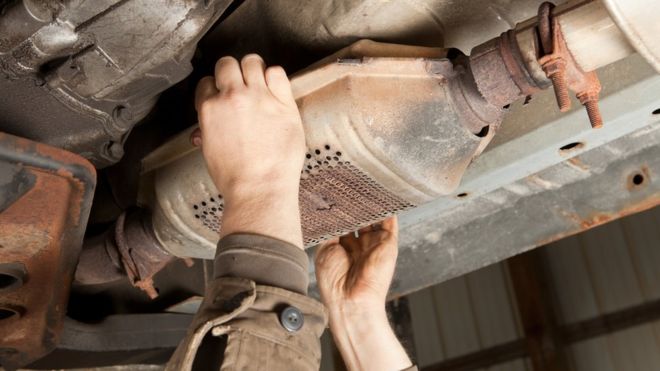
The first widespread introduction of catalytic converters was in the United States. To comply with the U.S. Environmental Protection Agency's stricter regulation of exhaust emissions, most petrol powered vehicles starting with the 1975 model year had to be equipped with catalytic converters. These "two-way" converters combine oxygen with carbon monoxide (CO) and unburned hydrocarbons (CₙHₙ) to produce carbon dioxide (CO2) and water (H2O). In 1981, two-way catalytic converters were rendered obsolete by "three-way" converters that also reduce oxides of nitrogen (NOx) however, two-way converters are still used for lean-burn engines because three-way-converters require either rich or stoichiometric combustion to successfully reduce NOx . Although catalytic converters are most commonly applied to exhaust systems in cars, they are also used on electrical generators, forklifts, mining equipment, trucks, buses, trains and motorbikes.
History.
Catalytic converter prototypes were first designed in France at the end of the 19th century, when only a few thousand "oil cars" were on the roads; it was constituted of an inert material coated with platinum, iridium, and palladium, sealed into a double metallic cylinder.
A few decades later, a catalytic converter was patented by Eugene Houdry,
a French mechanical engineer and expert in catalytic oil refining, who
moved to the United States in 1930. When the results of early studies of
smog in Los Angeles were published, Houdry became concerned about the
role of smokestack exhaust and car exhaust in air pollution and founded
a company called Oxy-Catalyst. Houdry first developed catalytic
converters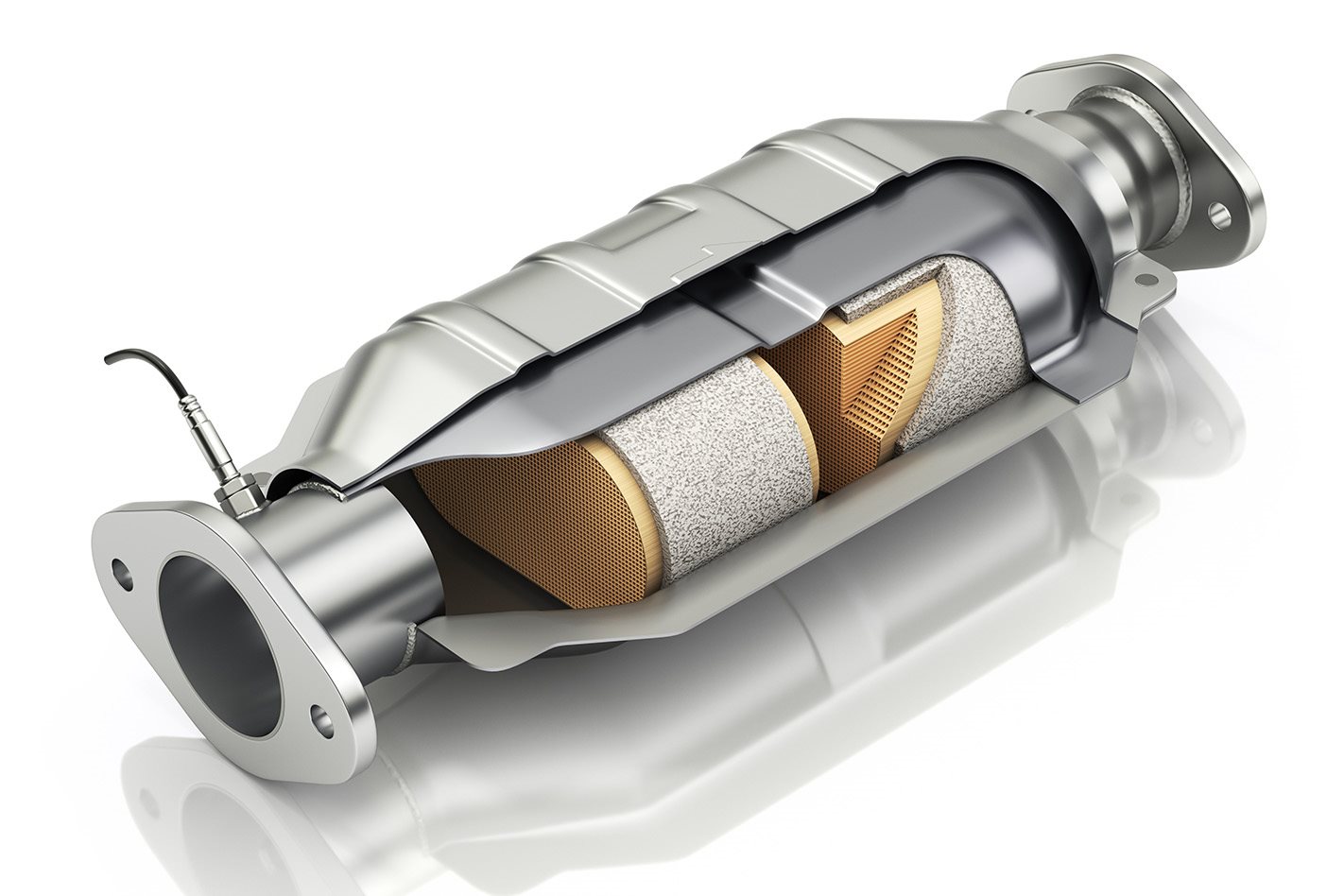 for smokestacks called "cats" for short, and later developed catalytic
converters for warehouse forklifts that used low grade, unleaded fuel.
In the mid-1950s, he began research to develop catalytic converters for
petrol engines used on cars.
for smokestacks called "cats" for short, and later developed catalytic
converters for warehouse forklifts that used low grade, unleaded fuel.
In the mid-1950s, he began research to develop catalytic converters for
petrol engines used on cars.
Widespread adoption of catalytic converters did not occur until more stringent emission control regulations forced the removal of the antiknock agent tetraethyl lead from most types of petrol. Lead is a catalyst poison and would effectively disable a catalytic converter by forming a coating on the catalyst's surface.
Catalytic converters require a temperature of 4260C to efficiently convert harmful exhaust gases into inert gases, such as carbon dioxide and water vapor, therefore, the first catalytic converters were placed close to the engine, to ensure fast heating. However, such placement can cause several problems. One of these is vapor lock which is a problem caused by liquid fuel changing to gas while still in the fuel delivery system. This disrupts the operation of the fuel pump, causing loss of feed pressure to the carburettor or fuel injection system, resulting in transient loss of power or complete stalling. Restarting the engine from this state may be difficult. As an alternative, catalytic converters were moved to a third of the way back from the engine and were then placed underneath the vehicle.
Click the pic below to see how they work.
My cat just came home with 24 bags of kitty litter.
Time to stop this nonsense.
Whenever you think you’re important or relevant, you should take a minute and have a look at THIS. It certainly puts things into perspective.
The CoronaVirus has closed down or reduced a lot of things, football and other sports are played in front of vacant seats, cafes and restaurants are struggling as people are staying home, airlines are working on reduced schedules, theatres and museums are closed, even offices are vacant as people are being told to work at home. Perhaps THIS is how working at home works.
I wonder who came up with the idea to stock-pile toilet paper.
I might fill up a trolley with Weetbix tomorrow to change the game
There are few products as American as Coca-Cola. The soft drink brand is
so deeply ingrained in American culture that it's hard to imagine a time
before its existence, but it's only been a little over 130 years since a
pharmacist in Atlanta named John Pemberton created his secret formula.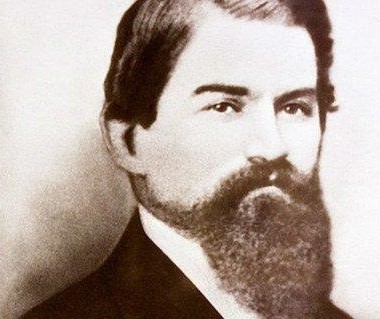 He was actually trying to produce a medicinal tonic, but while he failed
at developing the next greatest wonder drug, Pemberton did make a crisp,
delicious beverage. Here is the story of John Pemberton, Coca-Cola, and
good, old American ingenuity.
He was actually trying to produce a medicinal tonic, but while he failed
at developing the next greatest wonder drug, Pemberton did make a crisp,
delicious beverage. Here is the story of John Pemberton, Coca-Cola, and
good, old American ingenuity.
Why did Pharmacists mix soft drinks in the first place?
A century ago, nearly every corner drugstore has a soda fountain. It's how root beer got so big, and it's how Dr Pepper got started. Patrons sat at the long counter to sip one of the various fizzy, sweet concoctions mixed up by the pharmacist and served by the soda jerk. But why were pharmacists even involved in the soda business in the first place?
It has to do with chemistry and the medicinal properties of carbonated water. Long ago, mineral water infused with carbon dioxide was thought to have healing properties, so carbonated water (or soda water) was prescribed to ease digestive problems, headaches, fatigue, and more. Since soda was viewed as a medicine, it was only natural for pharmacists to dabble in soda beverage experimentation. John Pemberton was one such pharmacist.
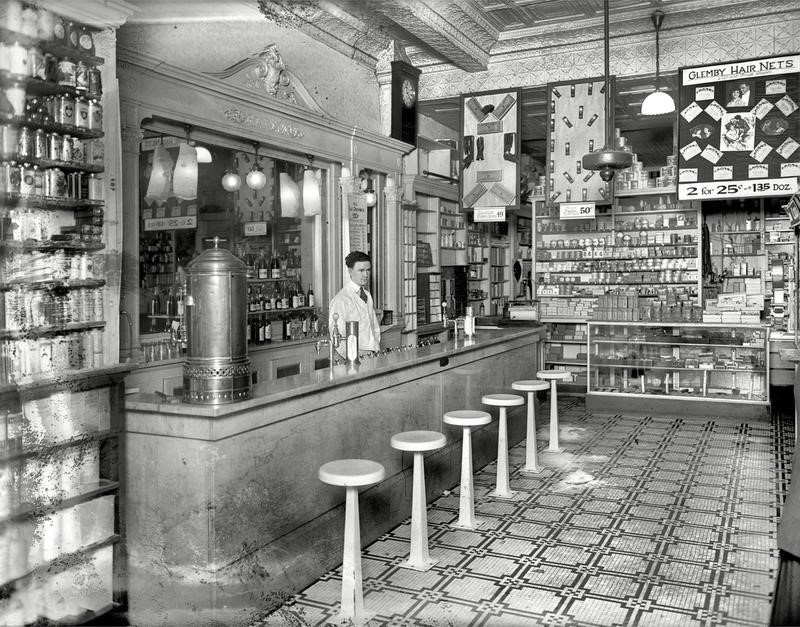
John Pemberton was a native Georgian, he studied medicine at the Reform Medical College of Georgia, specializing in chemistry. In 1850, he opened his own medical practice, married his sweetheart, bought a house, and had a son. He received accolades for his medical work and opened a pharmacy. Life seemed perfect for Pemberton until the Civil War broke out.
In May 1862, he joined the Confederate army as a first lieutenant and founding member of the Third Georgia Cavalry Battalion. On Easter 1865, when Pemberton defended the city of Columbus, Georgia from the invading Union troops, he suffered several injuries that changed his life, for better and for worse.
The wounds he suffered in the Civil War caused him considerable pain for the rest of his life. To cope, Pemberton initially used morphine, but fearing addiction as his tolerance rose, he soon switched to cocaine. As a pharmacist, Pemberton was keenly aware of the addictive properties of morphine, but cocaine was a socially acceptable drug at the time. He might as well have been taking aspirin. He experimented with various medicinal tonics to ease his own pain and maybe sell to the patrons of his pharmacy, and eventually, he nailed down a winning formula. He mixed soda water, kola nuts, cocaine, and wine to create a beverage he first called Pemberton's French Wine Coca. Cocaine-infused wine was all the rage in France, and Pemberton intended to cash in on the gimmick.
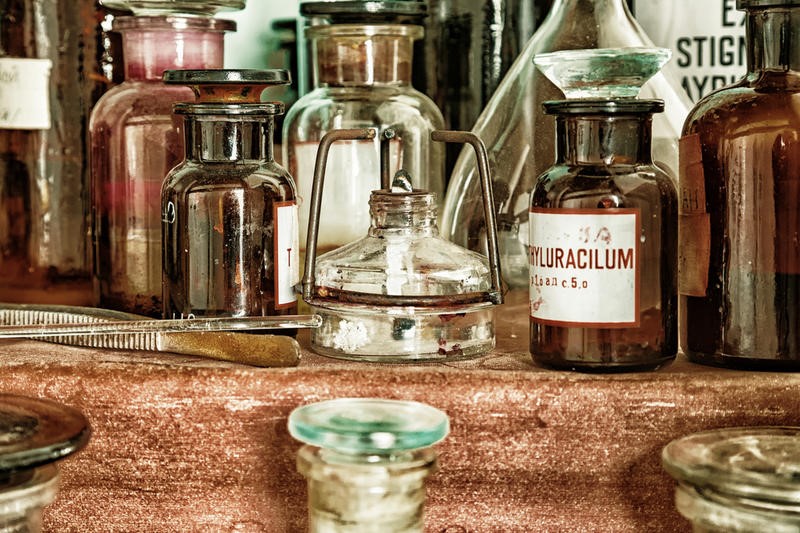
Not long after, Pemberton replaced the wine with sugary syrup and in 1903, cocaine was recognized as a strong narcotic and restricted. His beverage had become a distant cousin of his original creation and with the new formula came a new name: Coca-Cola.
As Coca-Cola's success exploded in soda fountains across the state and then around the country, Pemberton's cocaine addiction caught up with him. On a downward spiral of mental and physical deterioration and desperate for money to fuel his addiction, Pemberton agreed to sell the rights to Coca-Cola to Asa Candler in 1888, though he intended to stay on as the leader of the company, it was a short-lived plan.
John Pemberton died on August 16, 1888. The deal he struck with Candler left him penniless, his wife destitute, and his only son, Charley Pemberton, fighting to regain control of his father's company. Alas, Charley had inherited his father's addictive tendencies but not his business sense, and Candler eventually bought out Charley's share of the company. In 1894, Charley died of an opium overdose.
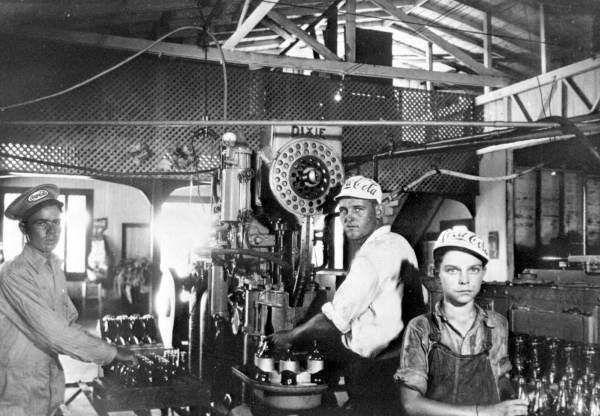
Under Asa Candler's leadership, Coca-Cola became the worldwide phenomenon that it is today. It is one of the most recognized brands in history and the formula for Coca-Cola is one of the most closely guarded secrets in the business world.
Hi darling, I’m down the pub with the boys having a quiet drink.
Unfortunately, someone just coughed so we have been locked in, see you in 14 days.
If you’ve ever listened to the chit chat between ATC and aircraft, you’ve probably heard ATC tell pilots the current dew point. You will hear ATC say something like “temperature 25, dew point 20”. But what is dew point and why is it important for the pilot to know it?

Do you sometimes feel much warmer than the actual observed temperature? ‘It’s not the heat, it’s the humidity’, right? Well not always, at higher temperatures that oppressive, muggy feeling (and frizzy hair) can actually be more about dew point than humidity.
What is dew point?
Dew point is the temperature to which air must be cooled in order to produce condensation (dew). It represents how much moisture is in the air, the higher the dew point temperature, the greater the atmospheric moisture content. The dew point and humidity both measure moisture in the air, but dew point is related to the quantity of moisture, while relative humidity expresses how close the air is to saturation.
Relative humidity is the amount of moisture as a percentage of the amount that air can hold, ie: a reading of 50% humidity means that the air currently holds 50% of the total amount of moisture it can hold. Warmer air can hold more moisture than cooler air, so, if the amount of moisture in the air stays the same but the temperature rises, the relative humidity falls. Conversely, if temperature falls, relative humidity rises. Because of its direct relationship to fluctuating temperature, relative humidity doesn’t provide suitable guidance on how much moisture is available at a specific location.
Dew Point is relatively consistent unless affected by weather systems, such as troughs and fronts and for this reason, meteorologists prefer to use dew point when analysing atmospheric moisture and inferring what the conditions may feel like, represented by the apparent (‘feels like’) temperature.
The dew point in relation to the temperature gives the pilots information about the humidity and can affect visibility. If the dew point is close to the temperature, humidity is high, which can cause hazy conditions, or even fog. A high dew point means a higher density altitude, which reduces aircraft performance.
Dew point is also very important in certain helicopters with carburettors, like the Robinson R-22 and R-44 helicopters, which are subject to carb icing even during take-off because they only use as-required power rather than full throttle. In this case, carb heat needs to be applied whenever the temp/dew point spread is 150C or less.
The following is a Metar (Met report) for Brisbane which is given to pilots. Following is its translation.
METAR: YBBN 182300Z 20007KT 9999 FEW032 SCT064 24/14 Q1024
|
YBBN |
ICAO Abbreviation for Brisbane airport |
182300Z |
This represents 9.00am Bris time on the 18th in GMT format |
20007Kt |
Wind from 200 degrees at 7 knots |
|
9999 |
This means the visibility is greater than 9000 metres |
Few032 |
A few clouds at 3200ft |
Sct064 |
Scattered cloud at 6400ft |
|
24/14 |
Temp 24C, Dew point 14C |
Q1024 |
Barometric pressure is 1024 millibar |
|
|
In warm, sultry weather, moisture in the air can impede your body’s ability to cool down. One of the ways your body cools itself is by the evaporation of moisture from your skin. When the air is moist, this process slows down and you feel hotter for longer. So, the higher the dew point, the longer it takes for your body to cool itself.
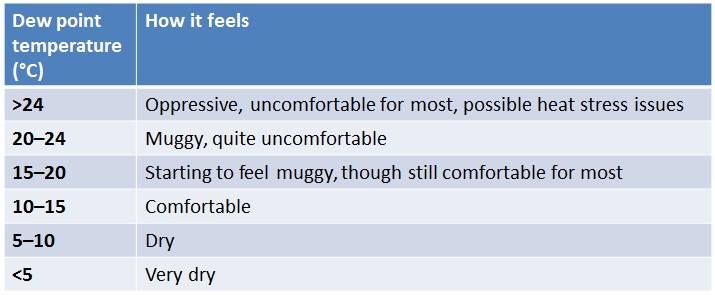
How you experience dew point varies, depending on your metabolism and the conditions you’re accustomed to, but it is possible to create an index of how an average person may feel at a certain dew point. This one uses Brisbane’s climate as an example.
If you’re used to the tropics, you may find the ranges in this scale low, particularly during spring and summer where dew points are commonly above 24 °C. On the other hand, if you’re from Tasmania, you might find these ranges high.
The BOM provides current dew point analysis on their website, on the observations page for each State/Territory. To check the latest dew point temperature for a given location, open the page for your State/Territory (there is a list of States across the top of the page).

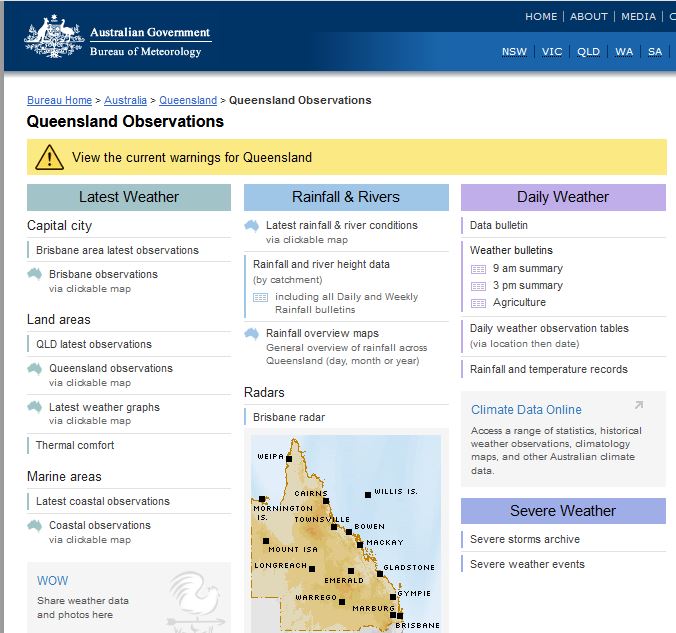
Scroll down and click Observations then click ‘…..’ latest
observations’ under the “Latest Weather” heading..
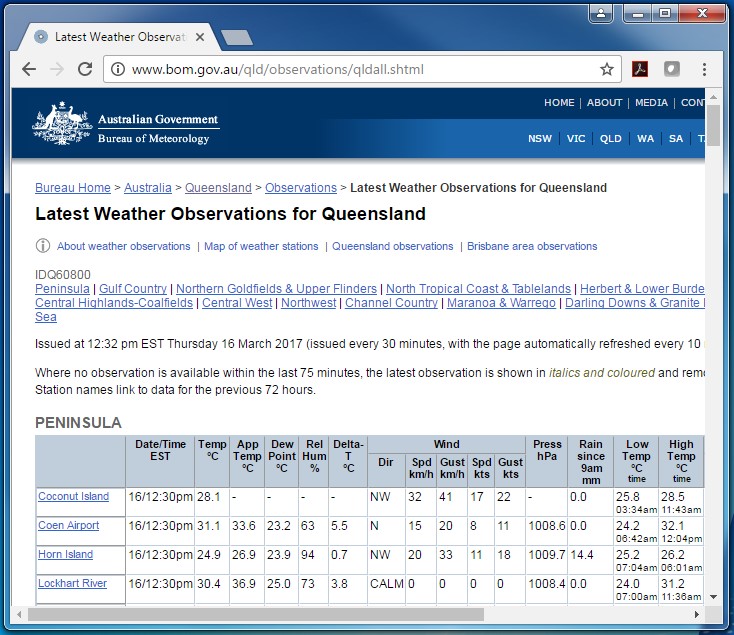
You can see the dew point temperature, along with all the latest observations.
In my day “Panic buying” only happened when the barman shouted “Last drinks.”
There are many suggestions for saving money on fuel, such as when and where to fill up, what time and day of the week and how to predict the highs and lows of the price cycle. One theory on how to conserve fuel is to put less of it in your tank. The thinking is that you carry around less weight in the car, which means the engine does not have to work as hard, which means a saving on fuel.
Does less save more and if so, how much of a saving and is this worth your while?
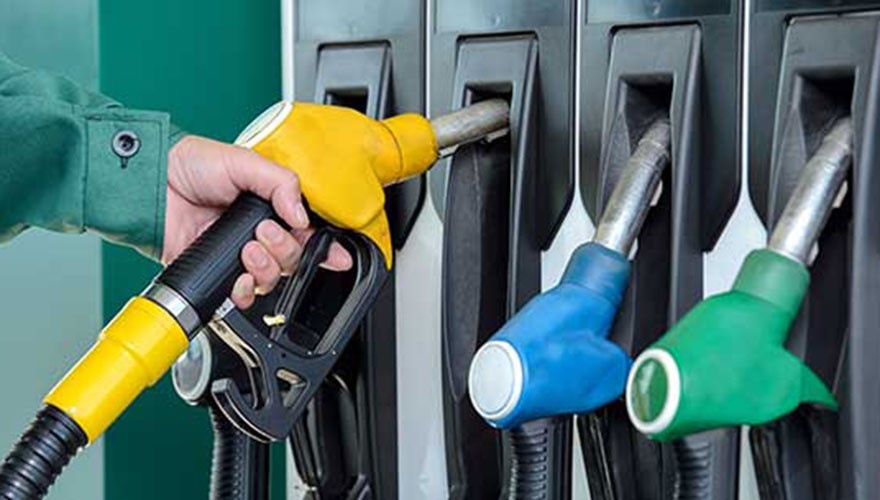
To answer this we need to look at the fuel economy of the car. This is often quoted as litres per 100km, say, 6L/100km (typical for a small car running basic unleaded petrol). This means that under some given conditions, on average the car will use 6L of petrol to drive 100km. The conditions (sometimes stated in the quote, but often not) could be for city driving, highway driving, two people in the car, etc. The more weight in the car, the harder the engine has to work to move the car at the same speed, and hence the worse (or higher) the fuel economy.
Roughly, fuel economy increases by between 1% and 2% for every 43.5 kg of weight added inside the car. This figure does not factor in any extra weight outside of the car, such as roof racks, trailers or sidecars which affect drag as well. If we took the upper limit, 2%, and assumed a full tank of 60L in a car that is rated at 8L/100km (a typical family car), as petrol has a density of roughly 720 grams/L, the weight of the full tank of fuel is about 43.2kg. So, roughly, your fuel efficiency will drop to 8 x (1 + 0.02 x 43.2/43.5), which is (believe me) roughly 8.16L/100km.
As you drive, you use up some fuel and hence carry less weight in the car. When you have used half a tank your fuel efficiency is now roughly 8.08L/100km: the car is travelling more efficiently than it was with a full tank. Suppose that we fill up the tank and see how far we can drive until we run out of fuel. Call this full-once: we have filled the tank with fuel once. Consider our filling the tank half-way, driving until we run out of fuel, then filling the tank half-way again and driving once more until we run out of fuel. Call this half-twice, we have filled the tank half-way, twice.
We will certainly travel further in the half-twice scenario. Why? We have used the same amount of fuel, but in the full-once scenario we had to suffer poor fuel efficiency (8.16 L/100km) at the start of our journey.
But how much do we save?
The actual price of fuel does not matter; the question is how much further will we travel in the half-twice scenario? The rate at which we are consuming fuel decreases as the weight of the fuel decreases.
Assuming a fuel efficiency of 8L/100km, density of petrol at 720g/L, a loss of 2% of efficiency per 43.5kg, and a 60L tank, we find that we cover roughly 3.5km more in the half-twice scenario, from a possible 750 km per tank, not a lot by anyone’s standards. This is all well and good, but there is one obvious drawback to the half-twice scenario: we have to make an extra visit the fuel station and this costs us time. So, rather than figure out the distance we save in the half-twice scenario, we should figure out the time we save.
Suppose we were driving at an average of 40kmh this is lower than the urban speed limit owing to traffic congestion, slowing down, stopping at lights etc. Under the same assumptions as above (that gave us the extra 3.5km), this means we save a little over five minutes in the half-twice scenario. Again, not very much.
The situation changes slightly for diesel cars. A tank of diesel weighs more than a tank of petrol (and so the savings should be increased), but the effect of weight on fuel economy is less pronounced. Diesel engines are also more efficient, but even with small fuel efficient diesel cars, you cannot save more than five minutes.
We can demonstrate a significant saving if we look at larger vehicles. Take a Toyota Landcruiser 70 Troop Carrier GXL this is a diesel engine with an urban fuel economy of 14.3L/100km. You make a saving here, not because the car is inherently efficient, but because its fuel tanks are enormous: it comes with two 90L tanks. Filling both tanks means an awful lot more fuel is carried around and hence a more pronounced saving. Assuming an average speed of 40kmh, you would save nearly 14 minutes by filling up half as much, twice as often.
If time is important to you then you can achieve savings of between five and 14 minutes depending on the size of your vehicle by only filling your tank to the half-full mark. If not, then you will need to find another strategy to save on your fuel costs.
Happy hunting.
In 1986, the last AN/CPN-4 left the RAAF.
Four Gilfillan AN/CPN4 Radar Sets were purchased by the RAAF in 1952. In 1951 two RAAF personnel went to the United States for a 12 month conversion course following which the first two RAAF Operation Courses were held at the School of Radio, then at Ballarat. Subjects included Meteorology, Navigation, Radar Theory and Practical use of the equipment. Mustangs and Dakota aircraft from Laverton were used as radar targets. The AN/CPN-4 required a high level of operator skill to achieve the maximum radar performance. When introduced it was the only RAAF ground based radar, being equipped with a search radar of 30nm range, later increased to 40nm, a precision approach radar to provide the talk down service and VHF and HF radios both with direction finding equipment.
Servicing was a major problem, the 2000 odd valves took three weeks to check! While a runway change could take up to one hour, assuming to prime mover started, the whole radar-set had to be repositioned. A complete radar was shipped to Christchurch to provide talk down services for competitions in the 1952 London-Christchurch Air Race. Another set went to Essendon for the 1956 Olympic Games.
FlgOff “Inky” Howill seated in the operations trailer.
The upper screen is the search screen,
the lower the precision screen,
the top half represents glide path,
the lower the centre line.
During the six week deployment nearly one thousand talkdowns were provided. One hundred actual talkdowns, in cloud, were provided on the day prior to opening the Games. Although an instrument landing system was installed at Essendon, a lot of the overseas carriers were not equipped with ILS. TAA were the first Australian airline to accept the service offered by the RAAF. The first approach was done in VMC.
Over the years the Radar proved itself to RAAF Aircrew. A flight of six Lincolns had to be talked down at Sale when fog closed down all other suitable airfields in Victoria. The first aircraft landed at 2.00 am, the last at 5.00 am. In another incident a solo student, in a Vampire, was talked down when all his Instruments failed at night.
The AN/CPN-4 was positioned only 150 feet from the runway edge, talk downs to touchdown were achieved by watching the aircraft through the half open door. The sighting had its risks, a Lincoln ground looped and stopped, within feet of the radar operations position! On quiet nights The Goon Show was transmitted on the HF radios for the benefit of the Lincoln crews.
The RAAF purchased some more Gilfillan Radars in 1958, the famous QUAD Radar, to supplement the older AN/CPN 4’s. The AN/CPN-4 stayed in service until replaced with the current Raytheon Precision Approach Radars. The Amberley CPN-4 was used by 114CRU, in the search function, until 1986 when it was purchased by the Weapons Research Establishment in South Australia.
There has been a lot of speculation about re-engineering the B-52 but don’t hold your breath – see HERE.
Another report has surfaced rubbishing the F-35. It says there are 883 design flaws with the aircraft, it doesn’t actually state what those design flaws are, one could be they forgot to put in an ash tray for the pilot, or there is nowhere to store the DVDs after playing them, or no cup holders, but a mob called POGO reckons there are 162 flaws of which no-one knows how to fix.
You can read their report HERE.
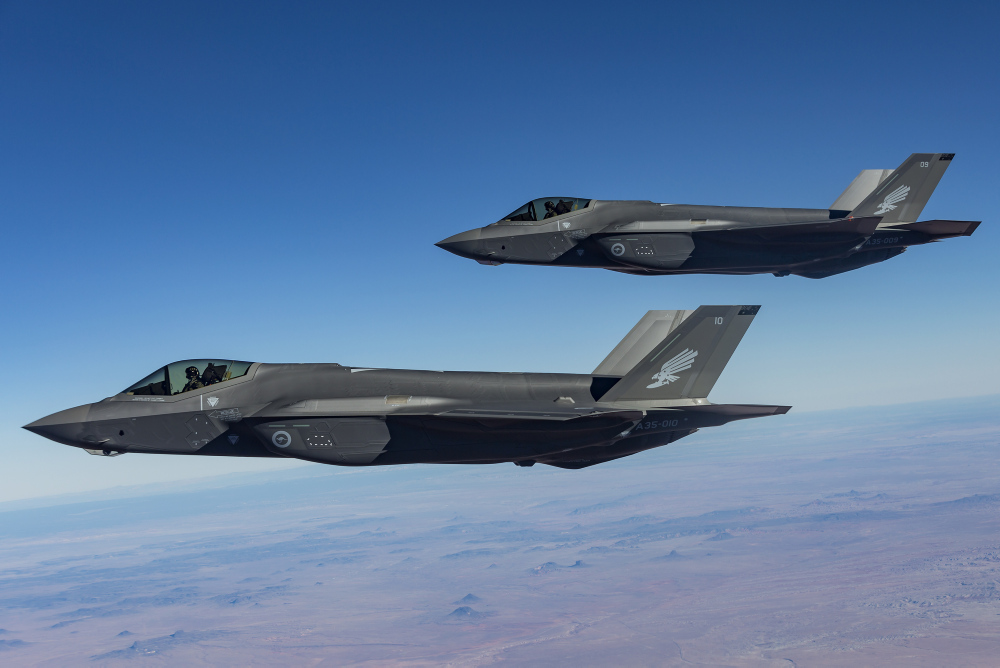
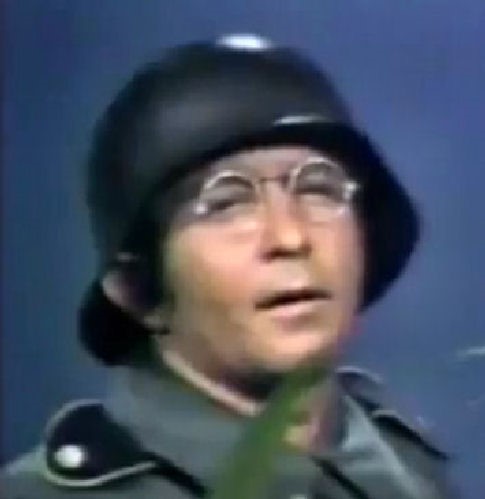
Intelesting - but stupid!!
Back Go to page: 1 2 3 4 5 6 7 8 9 10 11 12 13 14 15 16 17 18 19 20 Forward